Home>Kitchen & Cooking>Kitchen Gadgets & Utensils>How Should Flatware Be Stored
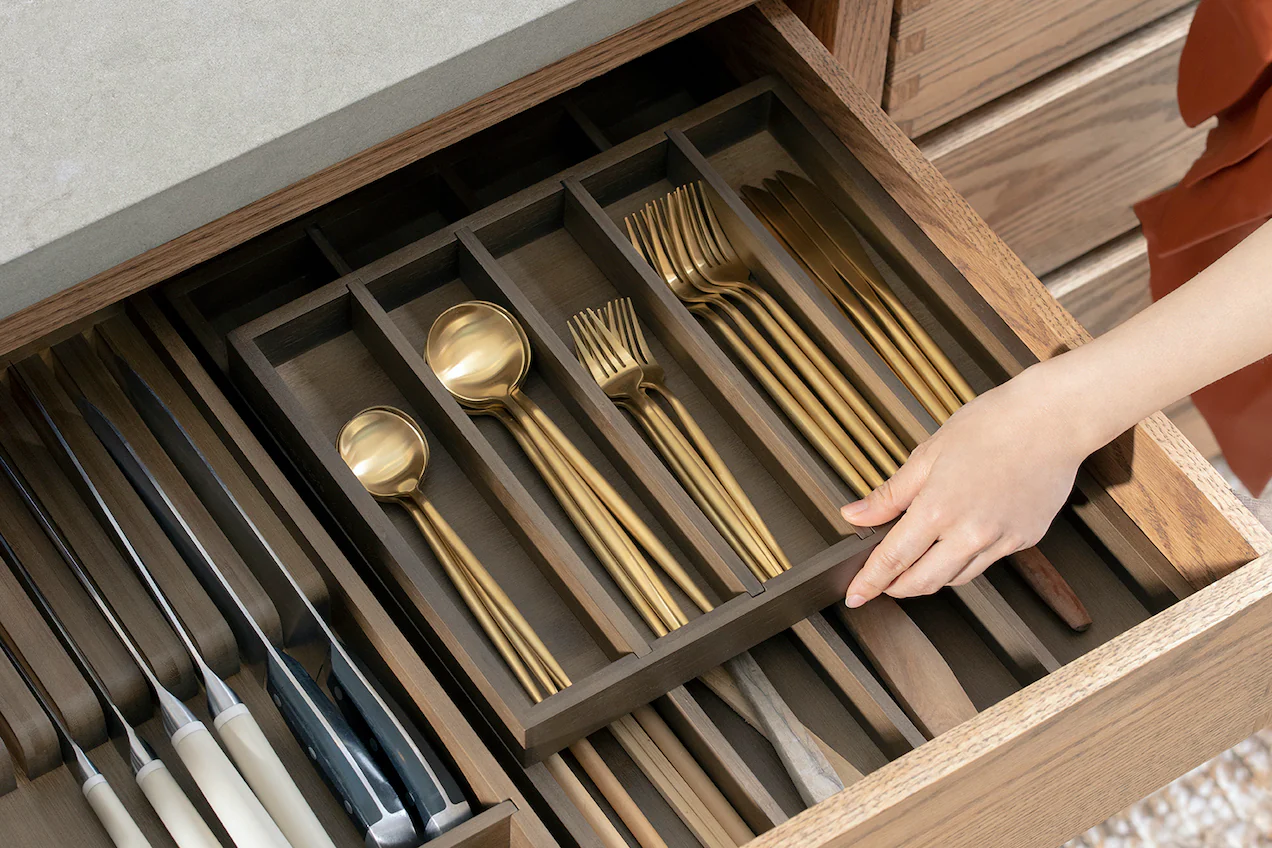

Kitchen Gadgets & Utensils
How Should Flatware Be Stored
Modified: March 25, 2024
Discover the best ways to store your kitchen gadgets and utensils. Find out how to keep your flatware organized and in top condition. Explore storage solutions now!
(Many of the links in this article redirect to a specific reviewed product. Your purchase of these products through affiliate links helps to generate commission for Storables.com, at no extra cost. Learn more)
Introduction
Proper storage of flatware is essential for maintaining its quality and prolonging its lifespan. Whether you have a collection of fine silverware or everyday stainless steel utensils, how you store your flatware can significantly impact its condition and appearance over time. From preventing scratches and tarnishing to ensuring easy access when setting the table, the way you organize and store your flatware can make a world of difference in your kitchen.
Effective flatware storage not only contributes to the overall organization of your kitchen but also helps to protect your investment. By implementing the right storage methods, you can keep your flatware looking pristine and ready for use whenever the occasion calls for it. In this article, we will explore the importance of proper flatware storage, factors to consider when storing flatware, different storage methods, and practical tips for organizing your flatware collection. Let's delve into the world of flatware storage and discover how to keep your utensils in top-notch condition for years to come.
Key Takeaways:
- Proper storage of flatware is crucial to protect utensils from damage and tarnishing, ensuring they remain in top-notch condition for years to come.
- Consider material, space, usage frequency, and protection when storing flatware to tailor your approach and preserve the longevity and usability of your utensil collection.
Read more: How To Store Flatware
Importance of Proper Flatware Storage
Proper flatware storage is crucial for preserving the quality and longevity of your utensils. Whether you own a cherished set of heirloom silverware or a practical collection of everyday flatware, the way you store these items can significantly impact their condition. By understanding the importance of proper flatware storage, you can ensure that your utensils remain in optimal condition for years to come.
One of the primary reasons for prioritizing proper flatware storage is to prevent damage and wear. When flatware is haphazardly tossed into a drawer or jumbled together in a cluttered utensil holder, it is susceptible to scratches, dents, and other forms of damage. Proper storage methods, such as using individual slots or compartments, help to protect flatware from unnecessary wear and tear, preserving its appearance and functionality.
Furthermore, proper storage can prevent tarnishing and corrosion, particularly for silver flatware. Exposure to air and moisture can cause silver to tarnish over time, leading to a dull and discolored appearance. By storing silver flatware in tarnish-resistant cloth or using anti-tarnish strips, you can shield it from environmental factors that contribute to tarnishing, maintaining its lustrous shine.
In addition to preserving the physical condition of flatware, proper storage also facilitates organization and accessibility. When flatware is stored in an orderly manner, it becomes easier to locate specific utensils when setting the table or preparing meals. This not only streamlines kitchen tasks but also enhances the overall dining experience, as neatly organized flatware adds a touch of elegance to any table setting.
Moreover, proper storage contributes to the longevity of flatware, ensuring that it remains functional and aesthetically pleasing for generations. Whether you have invested in high-quality flatware or inherited precious heirlooms, implementing proper storage practices demonstrates a commitment to preserving these items for future use.
By recognizing the importance of proper flatware storage, you can take proactive steps to protect your utensils and maintain their pristine condition. From preventing damage and tarnishing to promoting organization and longevity, the impact of proper storage reverberates throughout the lifespan of your flatware collection. In the following sections, we will delve into the factors to consider when storing flatware and explore different methods and practical tips for organizing your flatware collection.
Factors to Consider When Storing Flatware
When it comes to storing flatware, several factors should be taken into account to ensure the preservation and accessibility of your utensils. By considering these factors, you can implement storage solutions that cater to the specific needs of your flatware collection, ultimately contributing to its longevity and usability.
-
Material Composition: The material composition of your flatware plays a significant role in determining the appropriate storage method. For instance, silver flatware requires special attention due to its susceptibility to tarnishing. When storing silver flatware, it is essential to use tarnish-resistant cloth or anti-tarnish strips to shield it from environmental factors that can lead to tarnishing. Stainless steel flatware, on the other hand, is more resilient and can be stored using a variety of methods, such as drawer organizers or countertop utensil holders.
-
Space and Layout: Consider the available space in your kitchen or dining area when determining the storage method for your flatware. If space is limited, compact storage solutions such as drawer organizers or hanging racks may be more suitable. Alternatively, if you have ample space, you can opt for display-worthy storage options, such as decorative caddies or wall-mounted racks, which not only store flatware but also serve as aesthetic additions to your kitchen decor.
-
Frequency of Use: Take into account the frequency with which you use different types of flatware. Everyday utensils used for regular meals should be easily accessible, while special occasion flatware may be stored in a separate, designated space. By organizing your flatware based on usage frequency, you can streamline meal preparation and table setting, ensuring that the right utensils are readily available when needed.
-
Protection and Durability: Prioritize the protection and durability of your flatware when selecting storage solutions. Avoid storing flatware in a manner that causes friction or impact between utensils, as this can lead to scratches and damage. Opt for storage options that provide individual compartments or slots for each utensil, preventing them from coming into contact with one another and minimizing the risk of wear and tear.
-
Aesthetic Appeal: Consider the visual impact of your chosen storage method. Whether you prefer a sleek and minimalist approach or a more ornate display, the aesthetic appeal of your flatware storage can complement the overall ambiance of your kitchen or dining area. Select storage solutions that align with your personal style and enhance the visual appeal of your space.
By carefully considering these factors when storing your flatware, you can tailor your storage approach to meet the specific requirements of your utensil collection. Whether it's safeguarding silver flatware from tarnishing, optimizing accessibility based on usage frequency, or integrating storage solutions that align with your aesthetic preferences, thoughtful consideration of these factors can elevate the organization and preservation of your flatware.
Store flatware in a divided drawer organizer or upright in a caddy to prevent scratching and keep it easily accessible. Avoid stacking pieces on top of each other to prevent damage.
Different Methods of Storing Flatware
When it comes to storing flatware, various methods can be employed to accommodate different preferences, space constraints, and aesthetic considerations. Each storage method offers unique advantages and can be tailored to suit the specific needs of your flatware collection. Here are several effective methods for storing flatware:
-
Drawer Organizers: Drawer organizers are a popular choice for storing flatware due to their practicality and space-saving design. These organizers feature individual compartments or dividers that allow you to separate and organize different types of flatware, such as forks, knives, and spoons. By utilizing a drawer organizer, you can keep your flatware neatly arranged and easily accessible while maximizing drawer space efficiency.
-
Countertop Utensil Holders: For those who prefer a more visible and accessible storage solution, countertop utensil holders offer a convenient and decorative option. These holders come in various materials, such as stainless steel, ceramic, or wood, and can add a touch of style to your kitchen decor. With separate compartments or sections, countertop utensil holders keep flatware within reach while serving as a functional and visually appealing kitchen accessory.
-
Hanging Racks: Hanging racks provide a unique and space-efficient storage solution for flatware. Whether mounted on a wall or suspended from the ceiling, hanging racks utilize vertical space to store flatware, freeing up valuable countertop or drawer space. This method not only keeps flatware organized but also adds a decorative element to the kitchen, especially when showcasing stylish or artisanal flatware.
-
Caddies and Carousels: Flatware caddies and carousels offer a portable and versatile storage option, allowing you to easily transport and access your utensils as needed. These storage solutions often feature handles or rotating bases, enabling convenient movement and access to different types of flatware. Caddies and carousels are ideal for outdoor dining, picnics, or buffet-style gatherings, providing a practical and organized way to transport and display flatware.
-
Custom Inserts and Dividers: Custom inserts and dividers provide a tailored storage solution for flatware, especially in drawers or cabinets. These inserts are designed to fit specific drawer dimensions and can be customized to accommodate the exact configuration of your flatware collection. By incorporating custom inserts and dividers, you can create a personalized storage system that optimizes space and keeps your flatware securely in place.
-
Tarnish-Resistant Cloth and Rolls: For silver flatware, utilizing tarnish-resistant cloth or rolls is essential for preventing tarnishing and maintaining the lustrous appearance of the utensils. Tarnish-resistant cloth can be used to wrap individual pieces of silver flatware, providing a protective barrier against environmental factors that contribute to tarnishing. Additionally, storing silver flatware in tarnish-resistant rolls or pouches helps safeguard it from tarnishing while optimizing space efficiency.
By exploring these different methods of storing flatware, you can identify the most suitable storage solutions for your specific needs and preferences. Whether you prioritize space optimization, visual appeal, or protection for silver flatware, the diverse range of storage methods offers flexibility and customization to enhance the organization and preservation of your flatware collection.
Tips for Organizing Flatware
Organizing flatware is not only about tidiness but also about optimizing accessibility and preserving the condition of your utensils. By implementing effective organizational strategies, you can streamline meal preparation, enhance table settings, and ensure that your flatware remains in top-notch condition. Here are valuable tips for organizing flatware:
-
Segregate by Type: When organizing flatware, separate different types of utensils, such as forks, knives, and spoons, to facilitate easy access and streamline table setting. Utilizing designated compartments or dividers for each type of flatware ensures that you can quickly locate the specific utensils you need.
-
Consider Usage Frequency: Arrange your flatware based on usage frequency. Everyday utensils should be readily accessible, while specialized or occasional flatware can be stored separately. This approach simplifies the process of setting the table and ensures that frequently used utensils are within arm's reach.
-
Utilize Drawer Organizers: Drawer organizers with individual compartments are ideal for keeping flatware neatly arranged and easily accessible. Consider adjustable or customizable drawer organizers to accommodate various utensil sizes and configurations, allowing for a tailored and efficient storage solution.
-
Implement Protective Liners: To prevent scratches and minimize noise, consider lining your flatware storage compartments with soft, non-abrasive material such as felt or silicone. These protective liners not only safeguard your flatware but also add a layer of cushioning to maintain the utensils' pristine condition.
-
Utilize Vertical Space: If drawer space is limited, consider utilizing vertical space with hanging racks or wall-mounted storage solutions. These options not only free up drawer space but also add a decorative element to your kitchen while keeping flatware organized and easily accessible.
-
Label or Color-Code: For enhanced organization, consider labeling or color-coding your flatware storage compartments. This approach simplifies the process of locating specific utensils and ensures that each type of flatware has its designated space, contributing to a visually appealing and well-organized storage system.
-
Regular Maintenance: Periodically assess and reorganize your flatware storage to maintain optimal organization and cleanliness. Remove any unnecessary items, reposition utensils as needed, and ensure that the storage compartments remain free from debris or residue.
By incorporating these tips into your flatware organization strategy, you can create a functional, visually appealing, and well-maintained storage system that optimizes accessibility and preserves the condition of your utensils.
Read more: How To Store Silver Flatware
Conclusion
In conclusion, the proper storage of flatware is a fundamental aspect of maintaining the quality, functionality, and aesthetic appeal of your utensil collection. By recognizing the significance of proper flatware storage, individuals can take proactive measures to protect their investment and ensure that their flatware remains in optimal condition for years to come.
Effective flatware storage not only safeguards utensils from damage, tarnishing, and wear but also contributes to the overall organization and accessibility of the kitchen. Whether it's everyday stainless steel flatware or cherished silver heirlooms, the way flatware is stored can have a profound impact on its longevity and usability.
Factors such as material composition, available space, usage frequency, protection, and aesthetic preferences play a crucial role in determining the most suitable storage method for flatware. By carefully considering these factors, individuals can tailor their storage approach to meet the specific requirements of their utensil collection, ensuring that each piece is safeguarded and easily accessible when needed.
The diverse range of storage methods, including drawer organizers, countertop utensil holders, hanging racks, caddies, custom inserts, and tarnish-resistant cloth, offers flexibility and customization to accommodate different preferences and space constraints. Whether prioritizing space optimization, visual appeal, or protection for silver flatware, there are storage solutions available to enhance the organization and preservation of flatware collections.
Furthermore, implementing effective organizational strategies, such as segregating flatware by type, considering usage frequency, utilizing protective liners, and maximizing vertical space, can streamline meal preparation, enhance table settings, and ensure that flatware remains in top-notch condition.
By integrating these insights into the storage and organization of flatware, individuals can create a functional, visually appealing, and well-maintained storage system that optimizes accessibility and preserves the condition of their utensils. Ultimately, proper flatware storage is not only about protecting utensils but also about elevating the overall dining experience and demonstrating a commitment to preserving these essential kitchen tools for generations to come.
Frequently Asked Questions about How Should Flatware Be Stored
Was this page helpful?
At Storables.com, we guarantee accurate and reliable information. Our content, validated by Expert Board Contributors, is crafted following stringent Editorial Policies. We're committed to providing you with well-researched, expert-backed insights for all your informational needs.
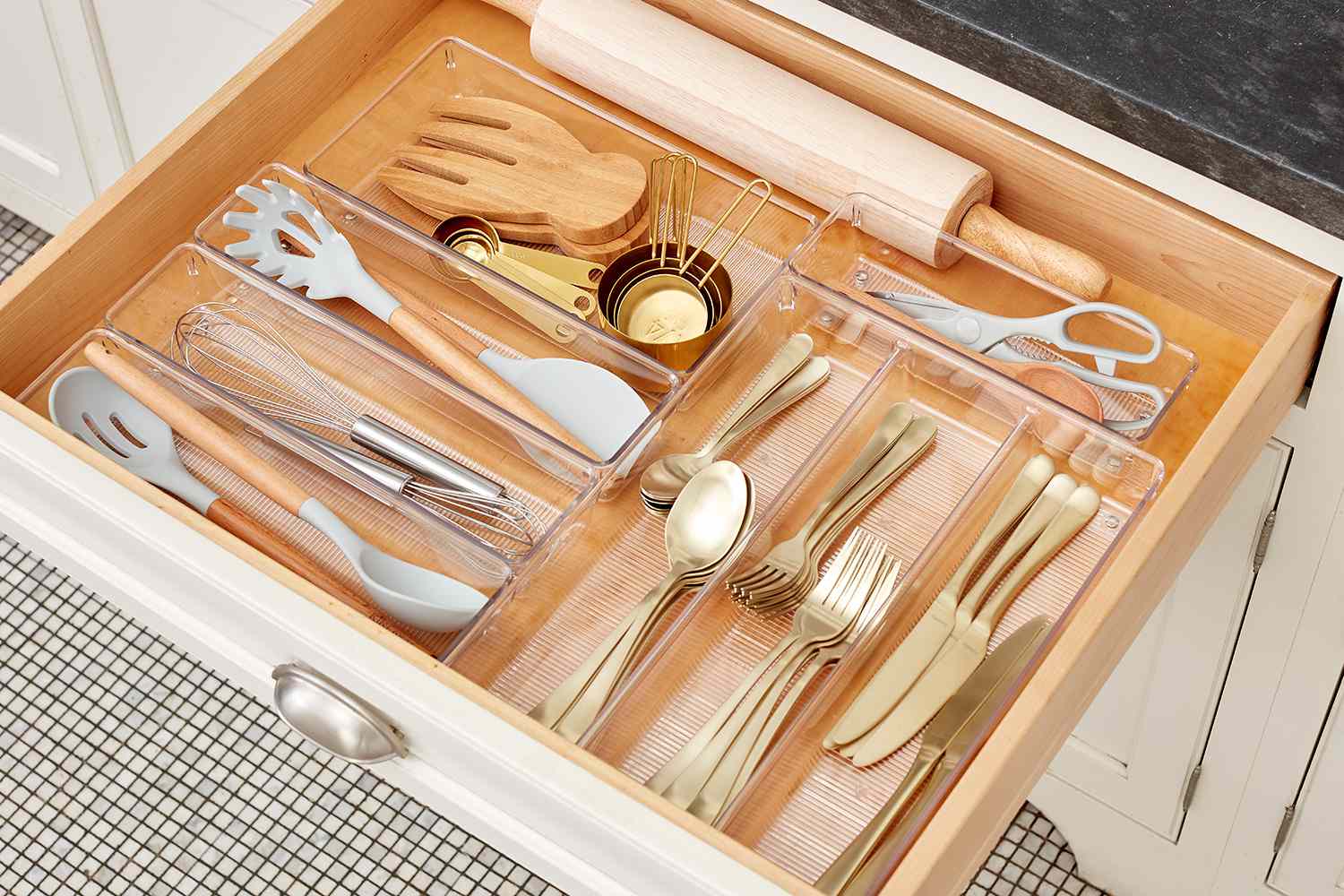
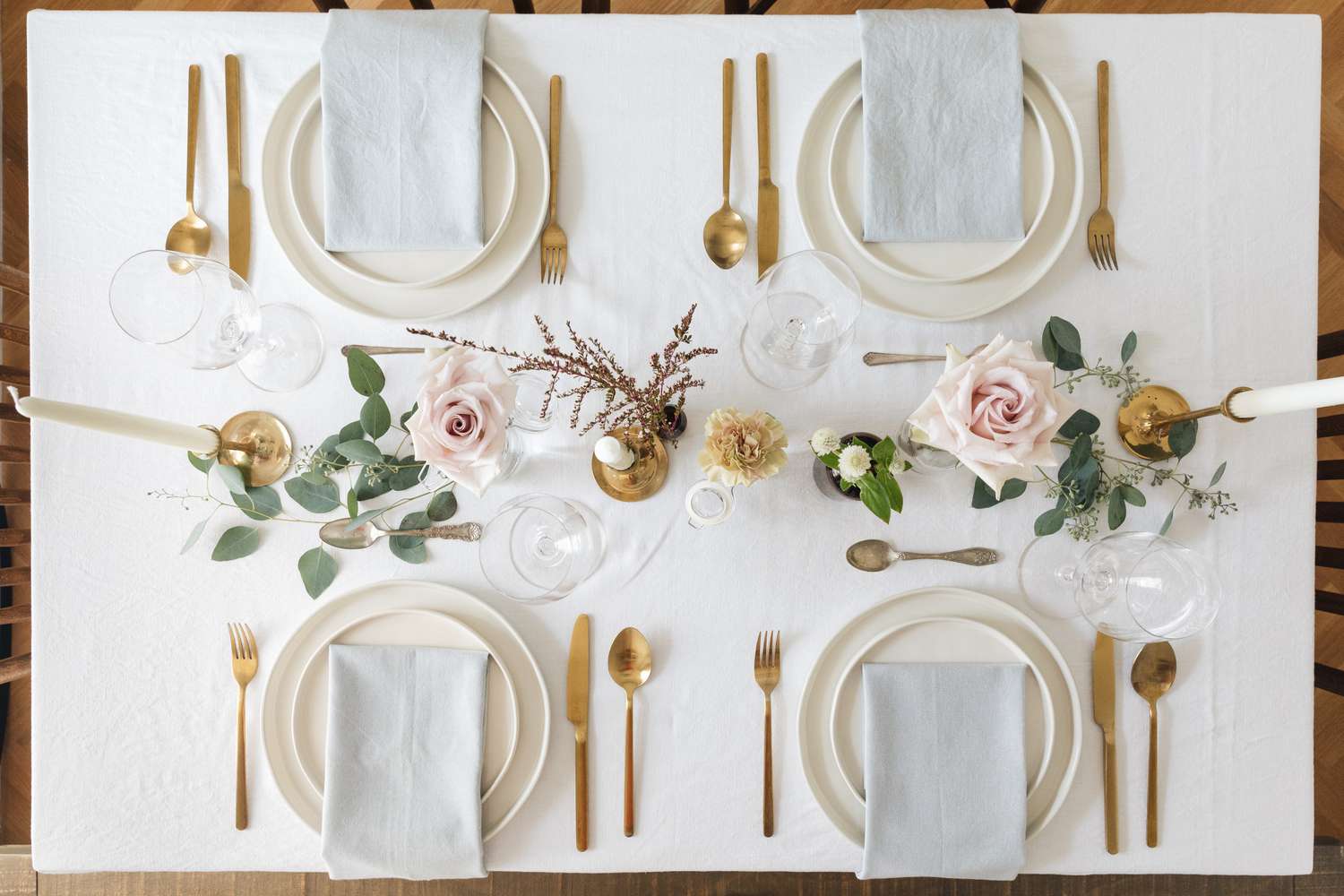
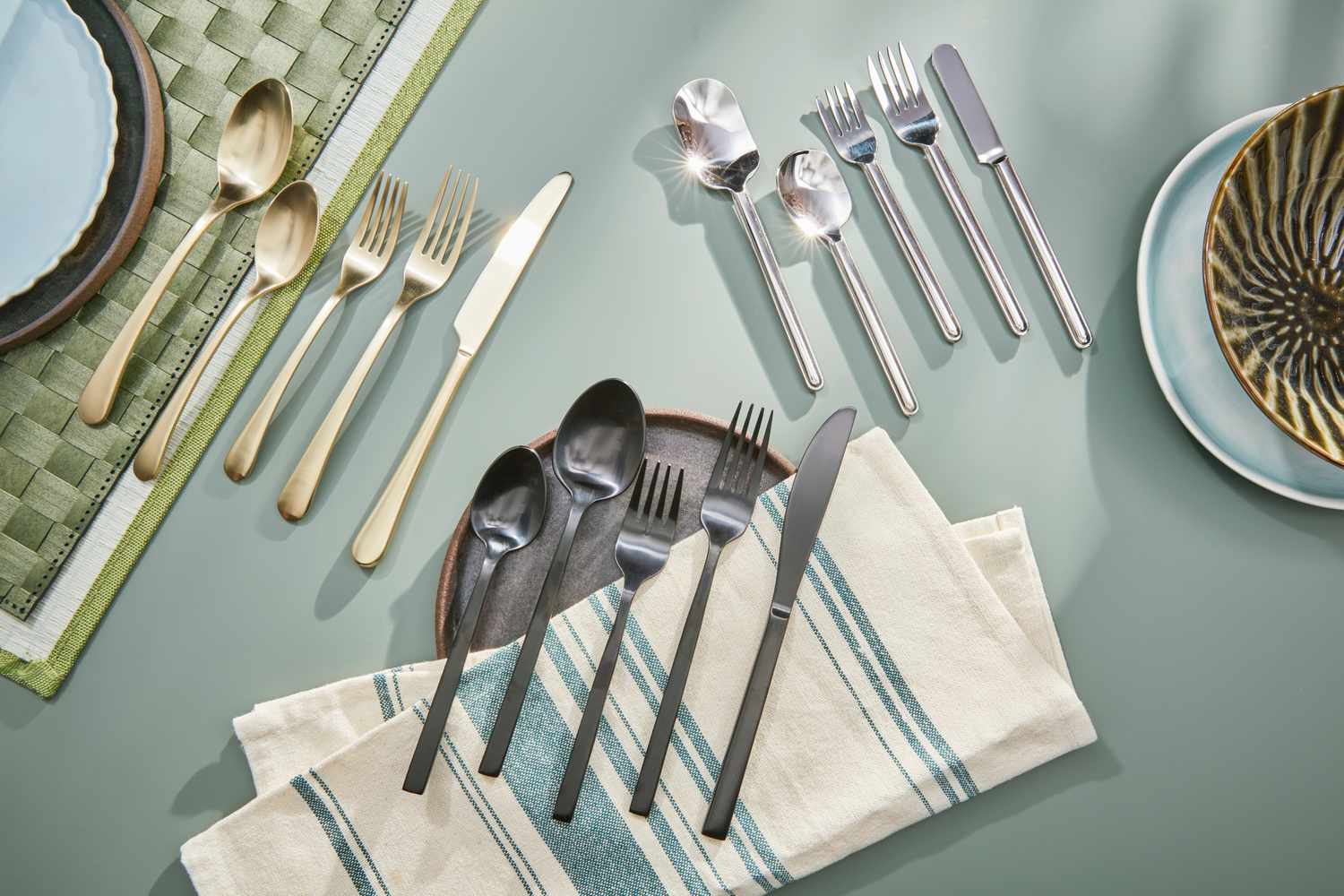
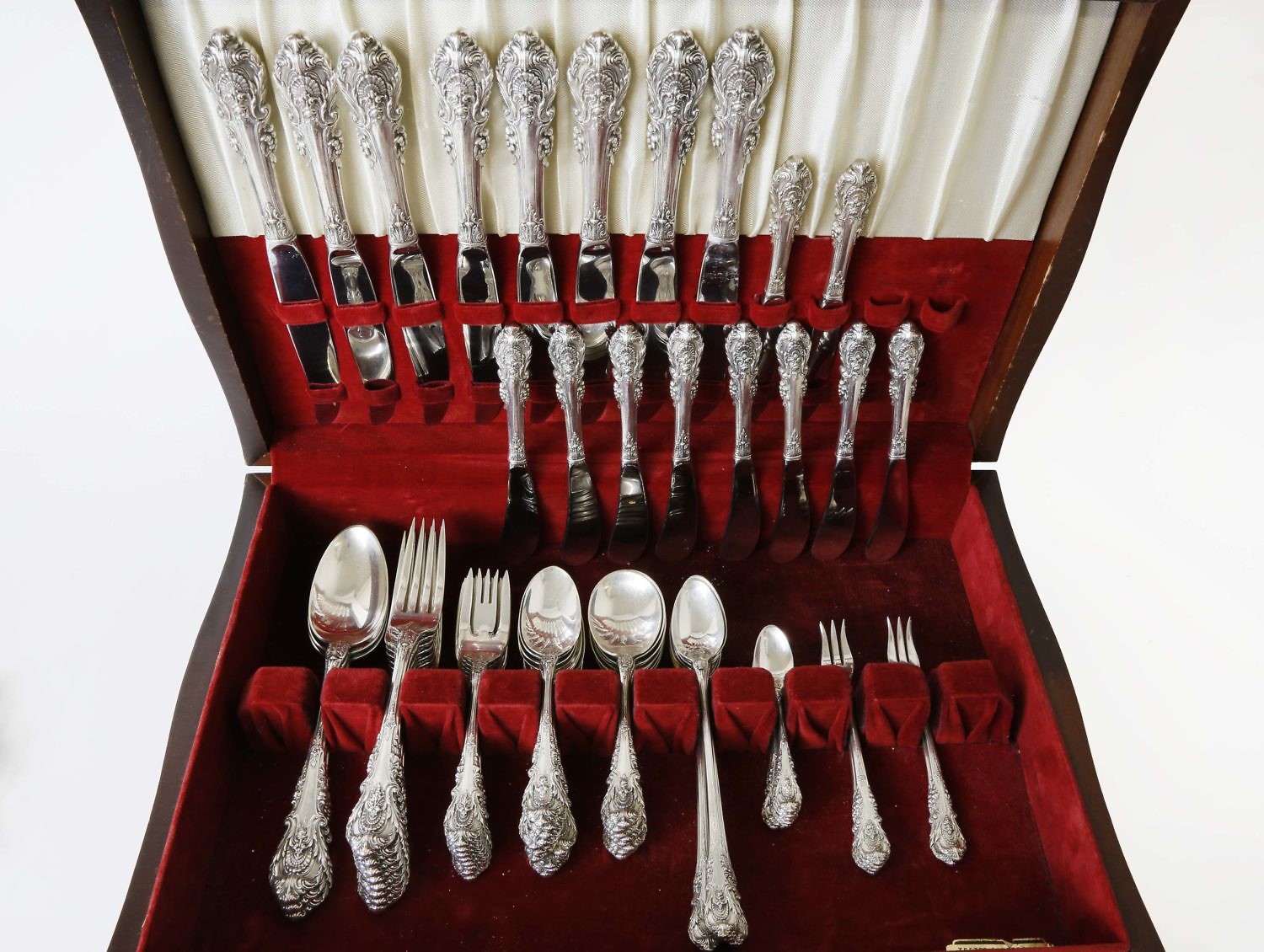
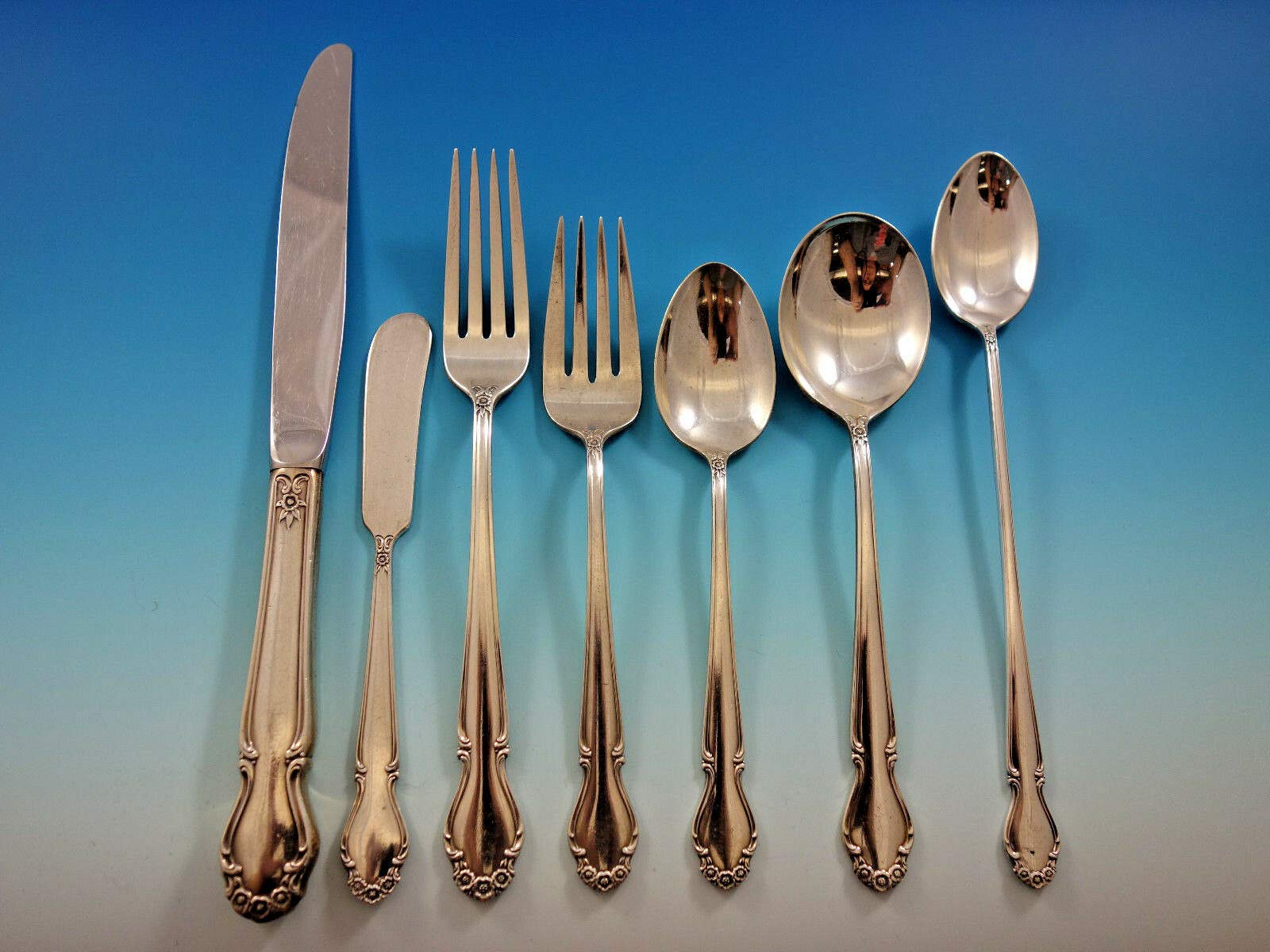
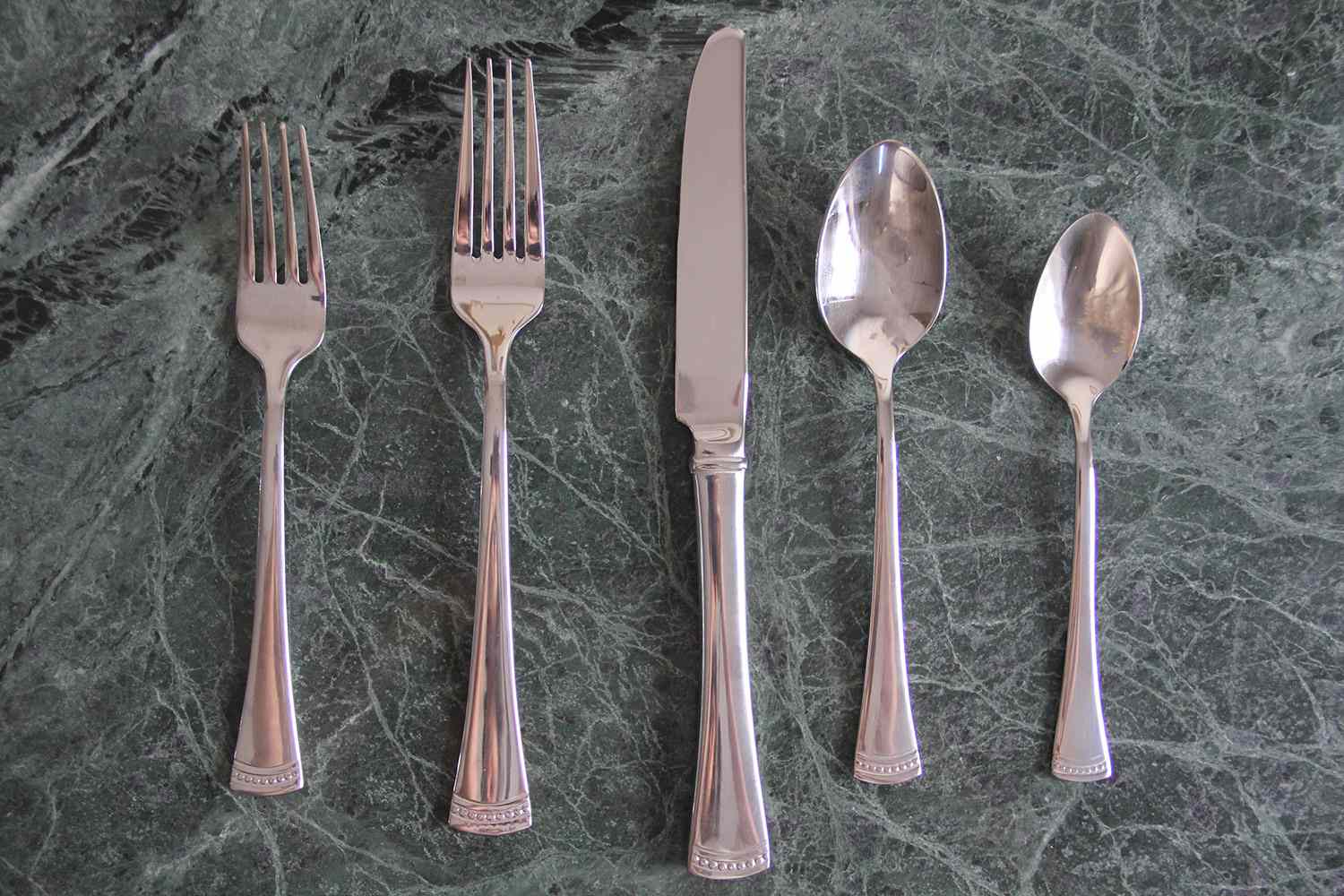
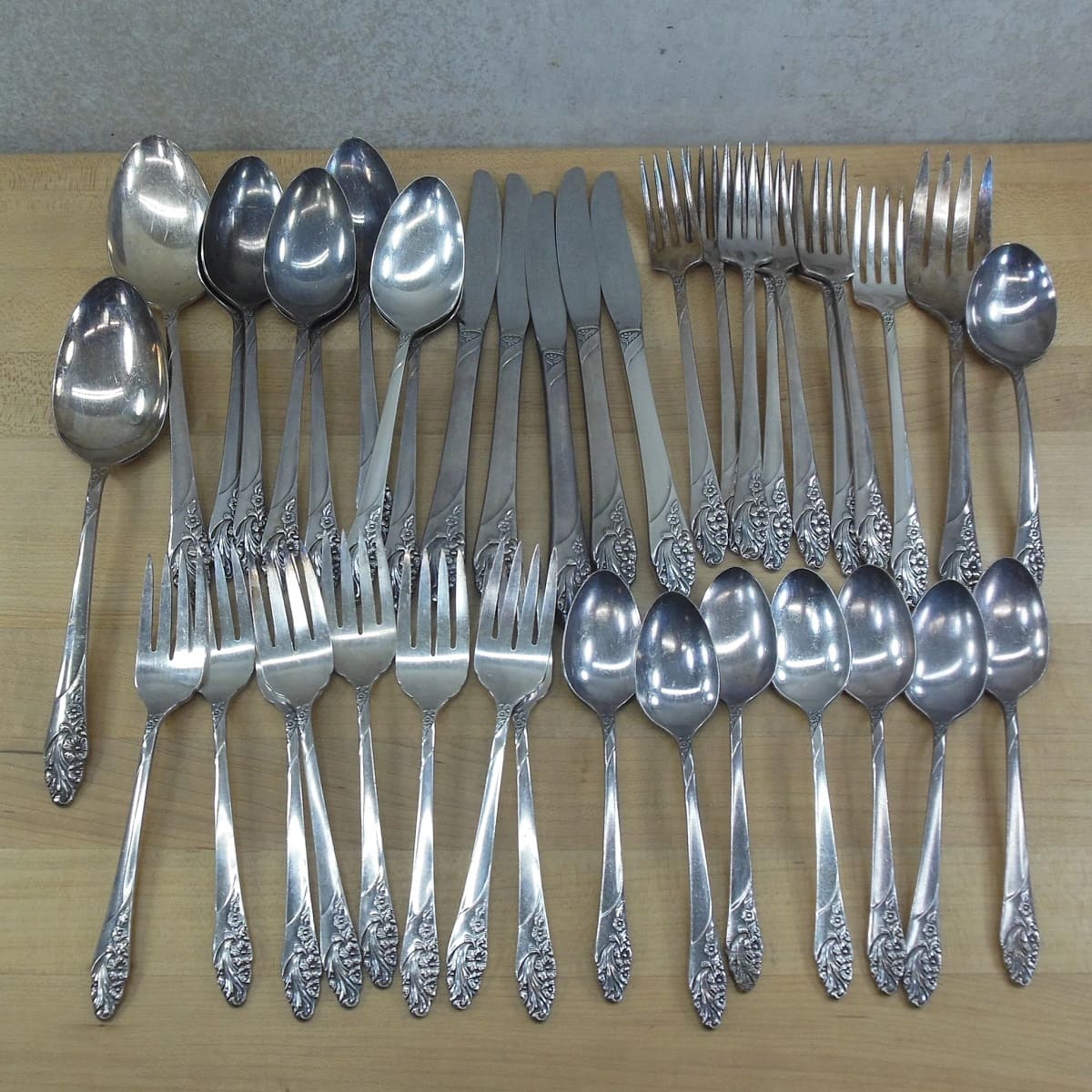
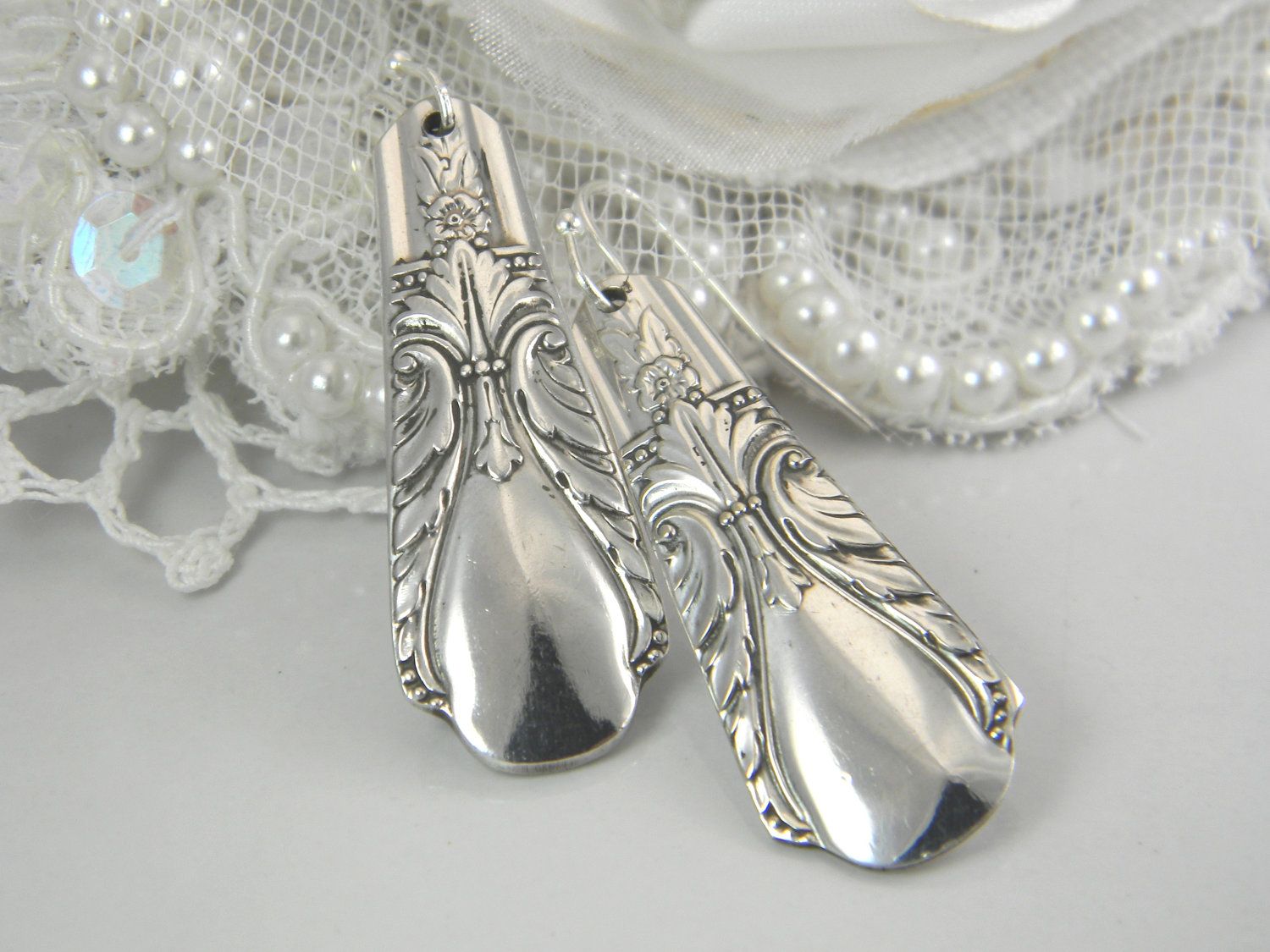
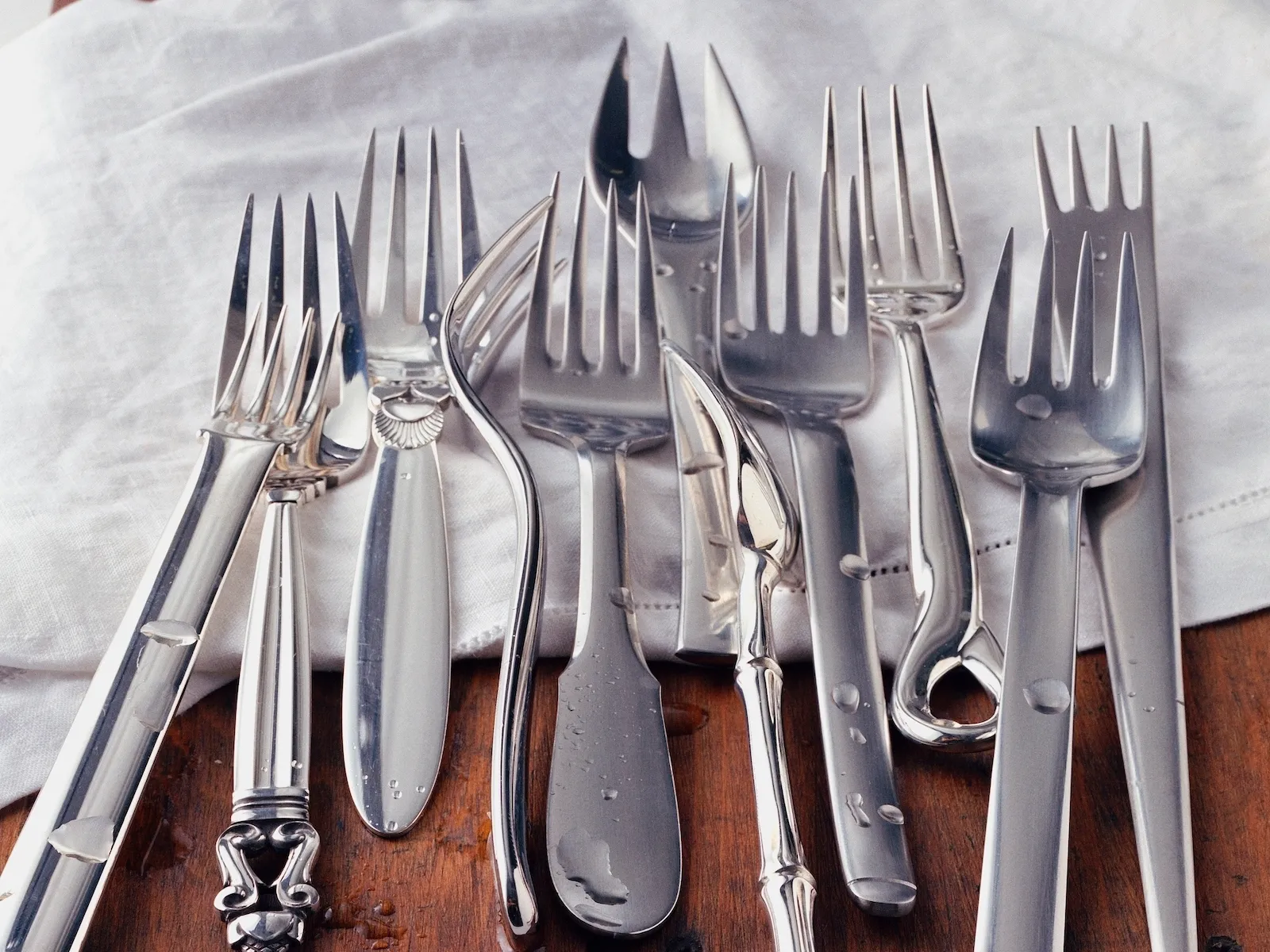
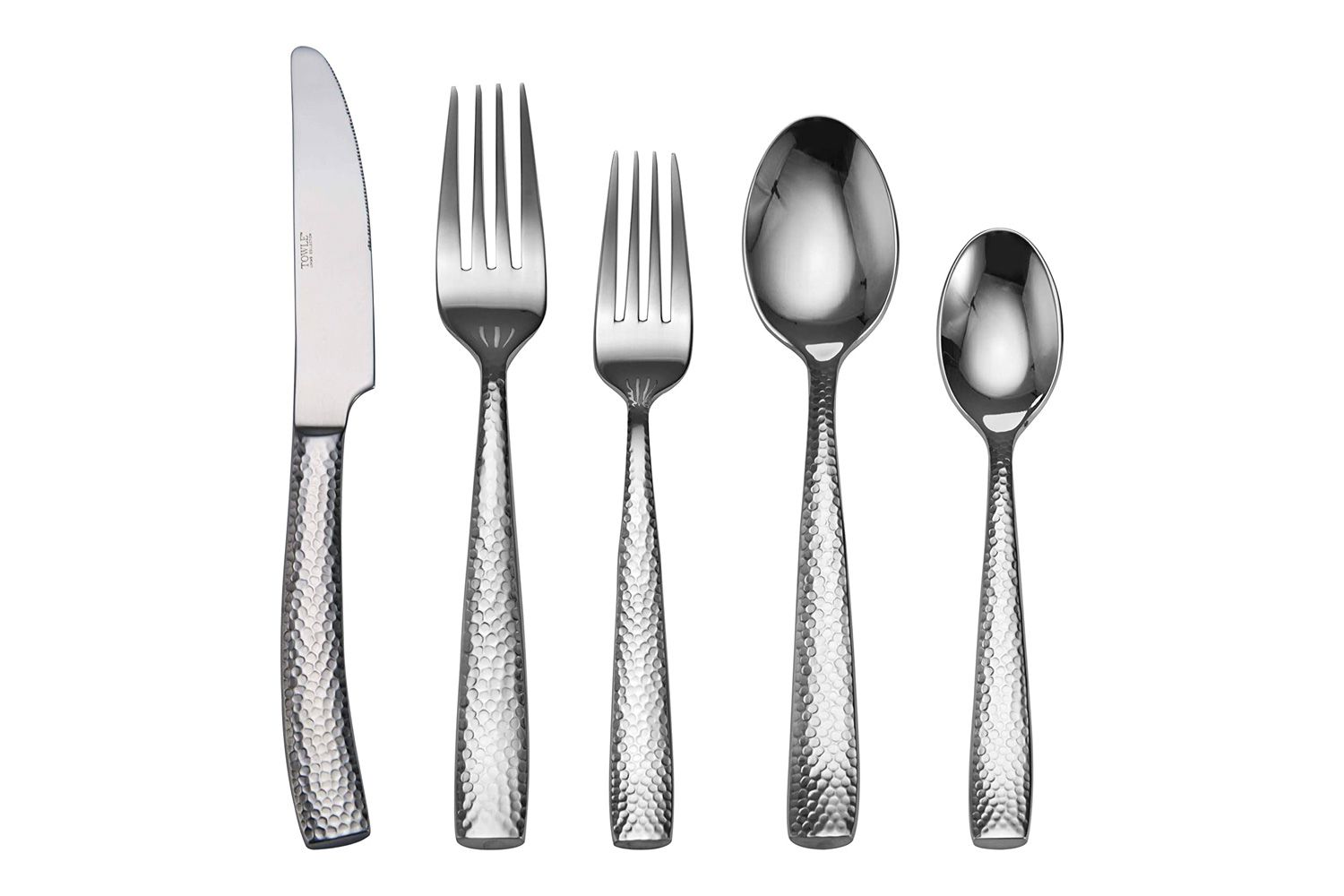
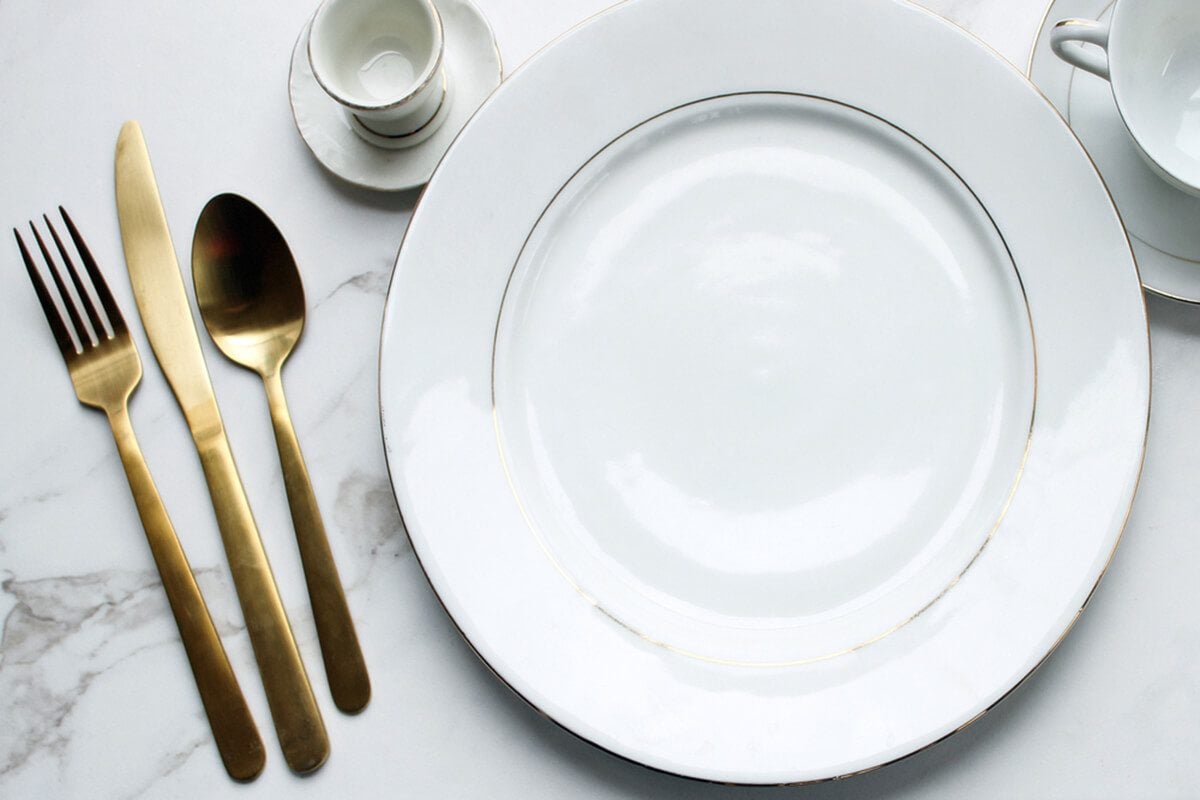
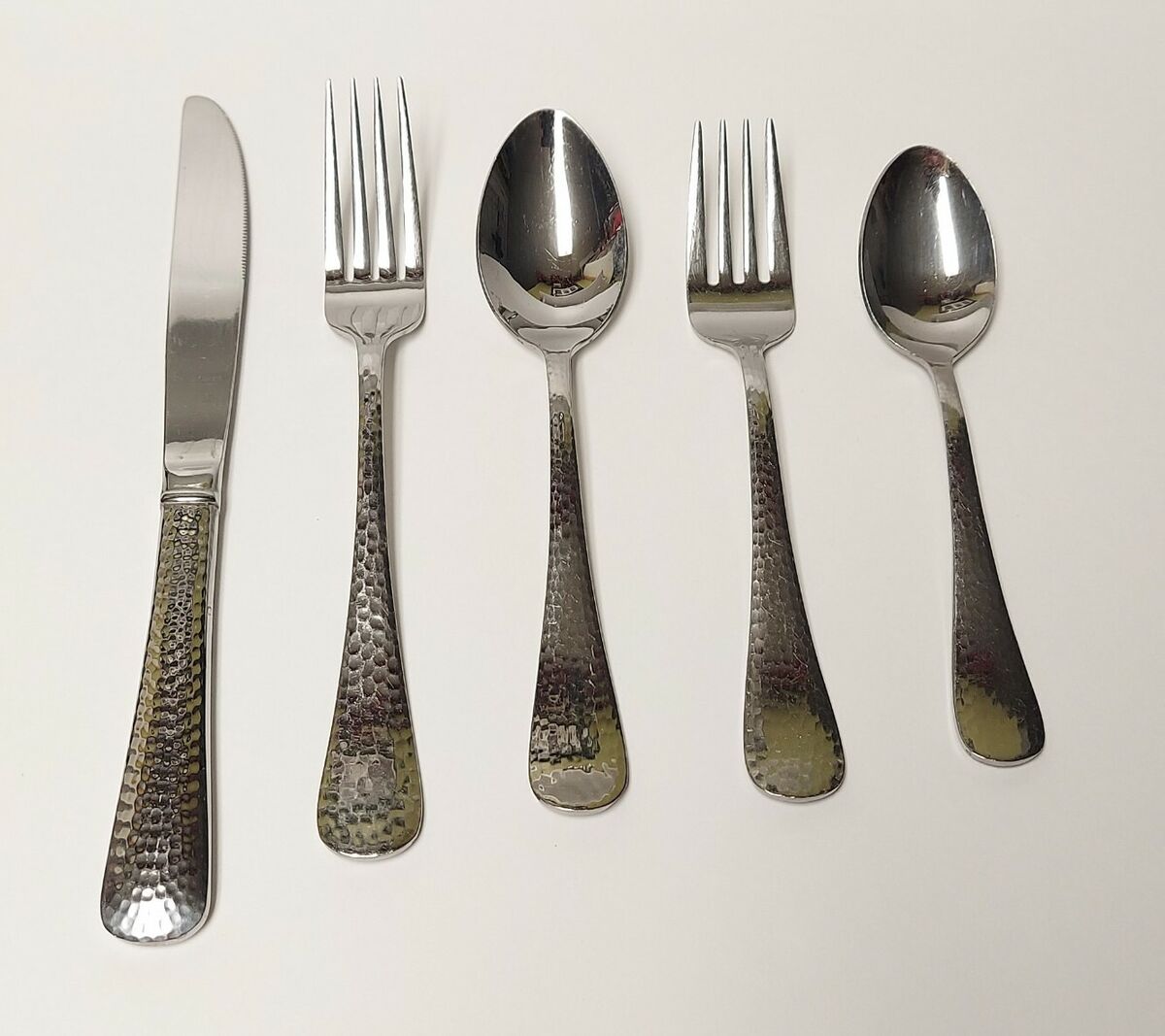
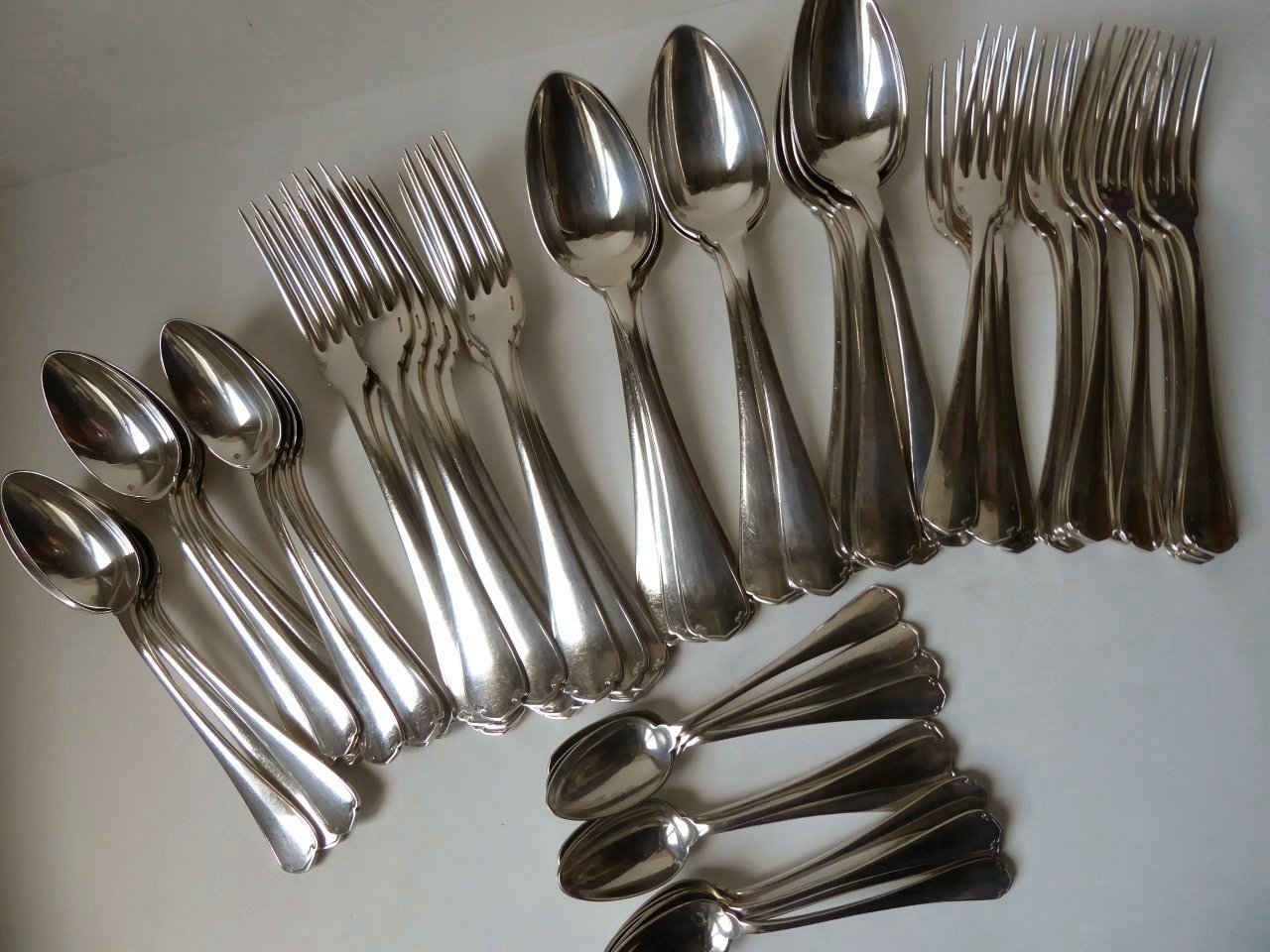
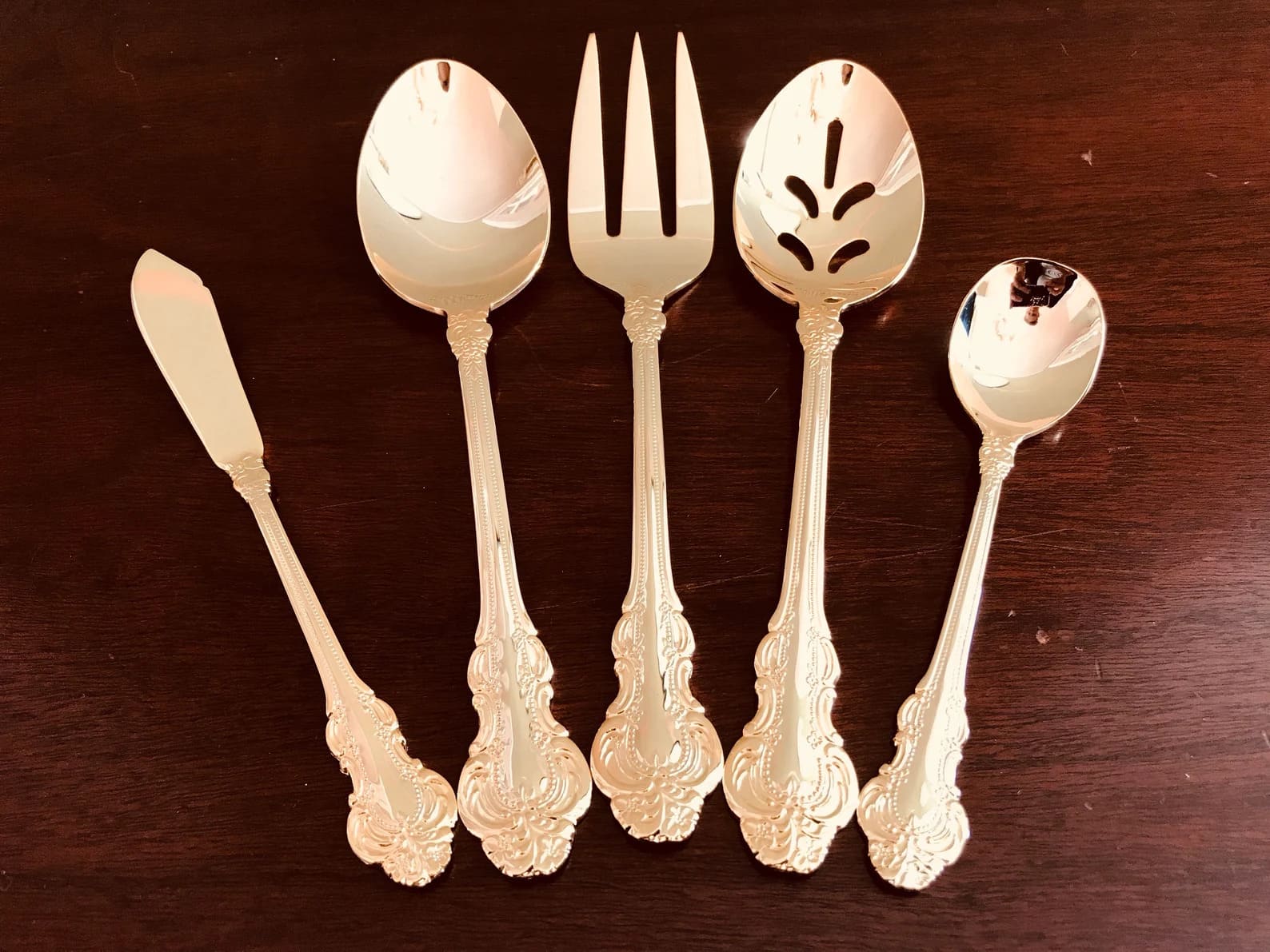

0 thoughts on “How Should Flatware Be Stored”